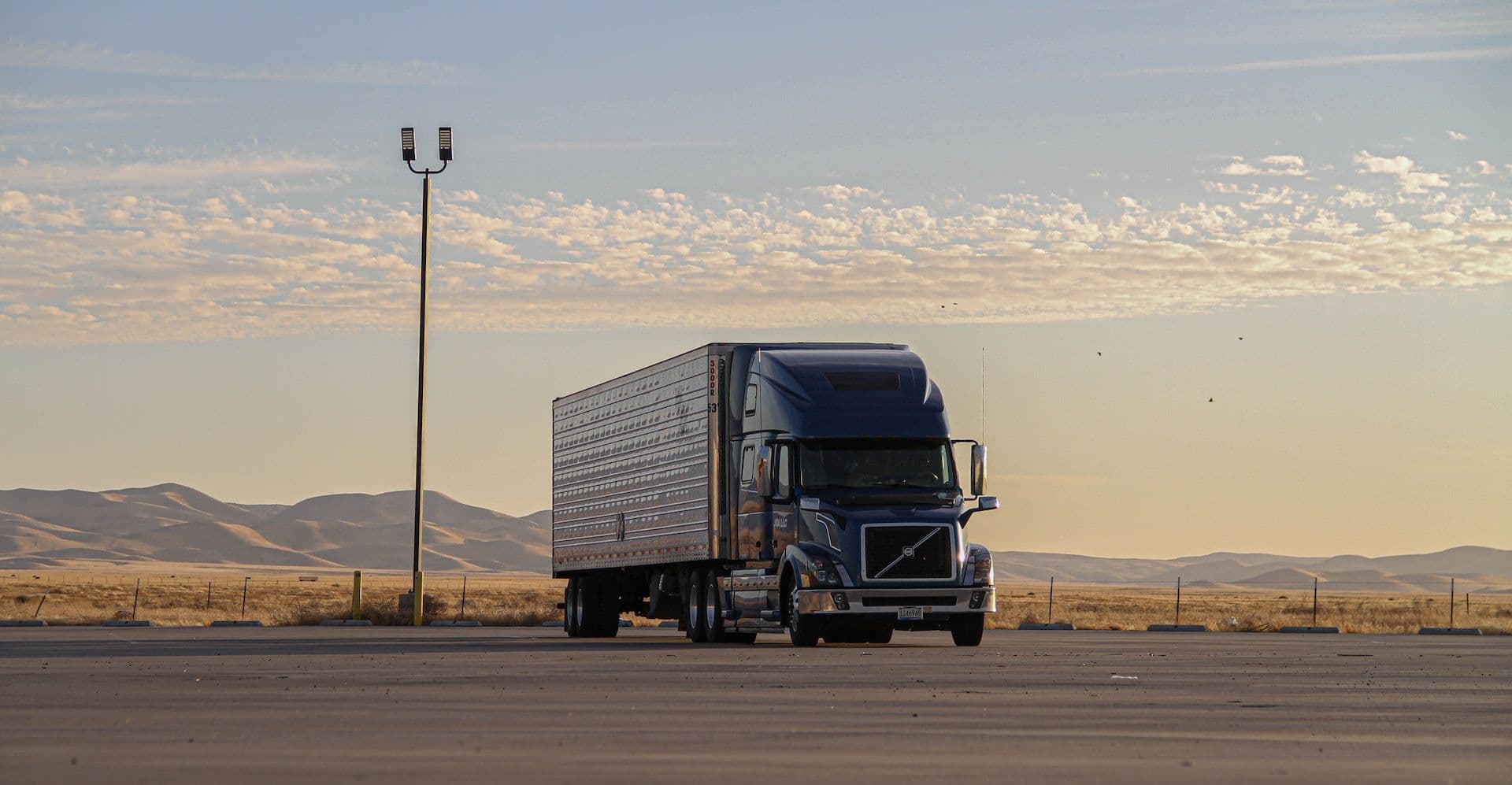Amazon's Strategic Shift: Prioritizing Larger Aircraft for Third-Party Cargo
Amazon's in-house cargo airline is revolutionizing its operations by reducing short-haul flights, embracing larger aircraft, and optimizing multiple hubs. This strategic shift aligns with Amazon's regionalized fulfillment model, aimed at enhancing efficiency and accommodating the new push into third-party cargo, where bulk shipments replace small parcels.
Over the past two years, Amazon Air has undertaken significant transformations. By integrating its largest aircraft and expanding its overnight package flying operations, Amazon has repositioned its air transport strategy. Hub expansion, particularly beyond Cincinnati/Northern Kentucky International Airport (CVG), has been a focal point, along with the termination of its partnership with Atlas Air, a major contractor.
These shifts support the retailer's burgeoning business line of selling excess air cargo capacity. It caters to logistics companies, online retailers, and postal services, offering a new revenue stream and enhancing overall efficiency.
Key Operational Changes
The Chaddick Institute for Metropolitan Development at DePaul University has conducted an extensive analysis of these developments. They utilized public federal transportation data, flight tracking websites, and geospatial analysis to map Amazon Air's evolving operations.
Starting September, Amazon began offering wholesale air cargo services and accepting heavy shipment bookings, thus entering competition with established carriers like FedEx, UPS, and other domestic airlines. The company is also exploring aircraft charters and dedicated transport options.
Amazon was driven to venture into containerized freight from unaffiliated companies to balance traffic flows and offset overhead costs at key hubs. These shifts come amidst a normalization of e-commerce sales and a pivot to a regional fulfillment model that favors ground transportation over air for mid-mile transport.
Rising Tonnage Capacity
Amazon Air's tonnage capacity has seen a remarkable 14% increase over the past year, primarily due to the inclusion of 10 Airbus A330-300 freighters. These planes boast a 17% higher payload by weight and a 6% increase in volume capacity compared to the Boeing 767 medium widebody cargo jets prevalent in Amazon's fleet.
Enhanced Third-Party Shipping
The expansion into larger aircraft enhances Amazon's capability to handle third-party cargo. The revenue potential from significant inbound shipments to bustling hubs is particularly enticing, according to the DePaul study.
Optimized Flight Operations
Global flights have stabilized at approximately 200 per day. In the U.S., the proportion of flights covering distances under 400 miles has plunged to 5.1% of the total, reflecting the increased reliance on road transport for shorter routes.
Amazon's three-airport cluster on the West Coast has witnessed flight activity grow from 34 to 40 average daily flights year over year. These are strategically positioned less than 75 miles from major ports, optimizing transshipment potential to inland distribution centers.
Advancements in Overnight Flying
The past year has seen a boost in late-night flying by over a third in the U.S., bringing nearly 96% of the mainland population within the coverage for next-day delivery. This is achieved by scheduling flights between 10 p.m. and 6 a.m., and ensuring strategic early morning arrivals.
In Europe, Amazon has restructured its air operations back to point-to-point flying, scaling back by two-thirds since 2022, with a focus on northern Europe.
Looking Ahead
Despite the growth hurdles, Amazon Air's fleet is expected to remain stable, with a predicted 3% to 4% increase in flight utilization this year, barring any significant economic downturns.
This bold shift in strategy underscores Amazon's commitment to leveraging its air cargo capacity to meet evolving market demands and maintain a competitive edge.
For more industry insights, visit our Shop or Help Center.
The content provided is for informational purposes only and reflects the latest data and projections available.


